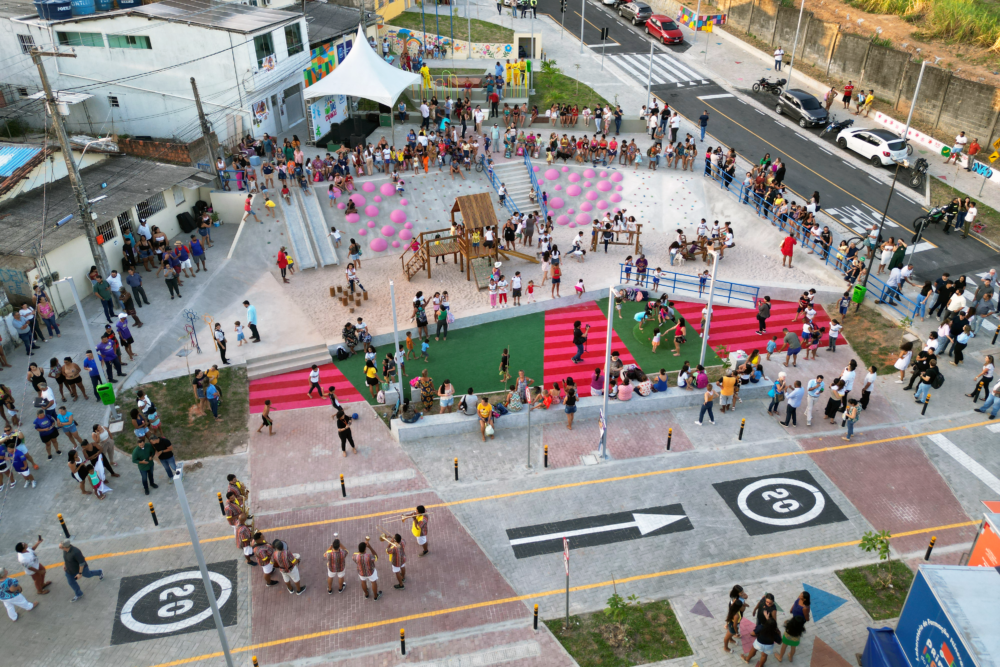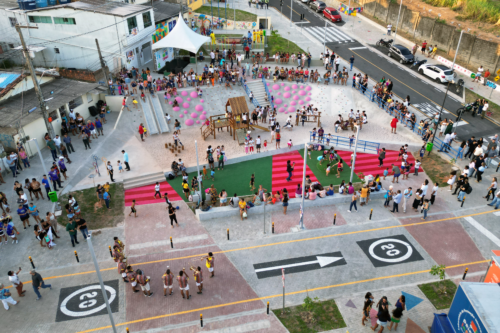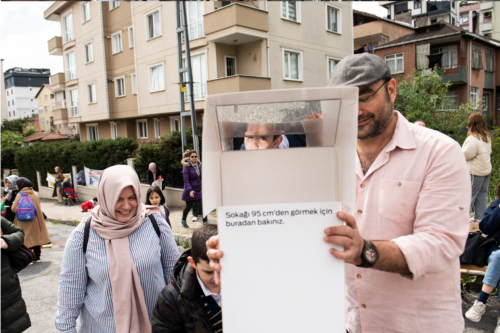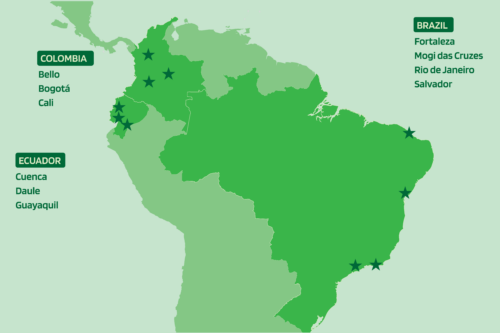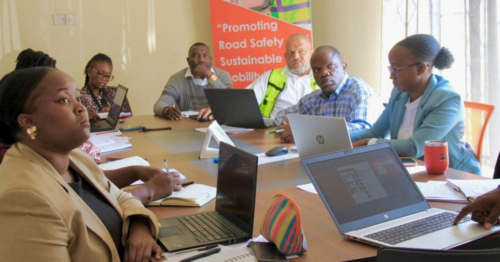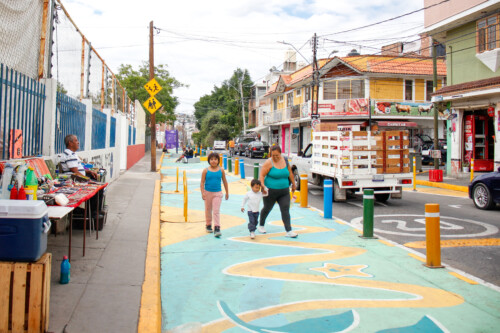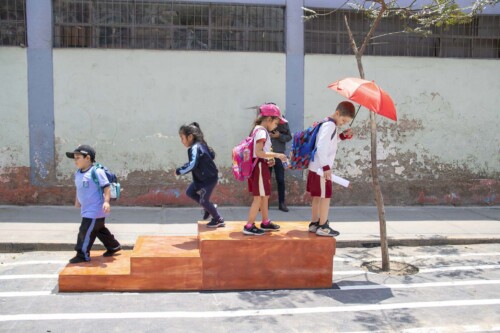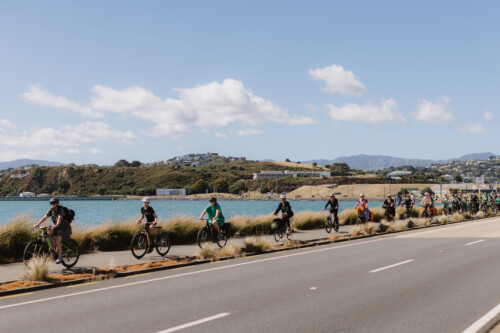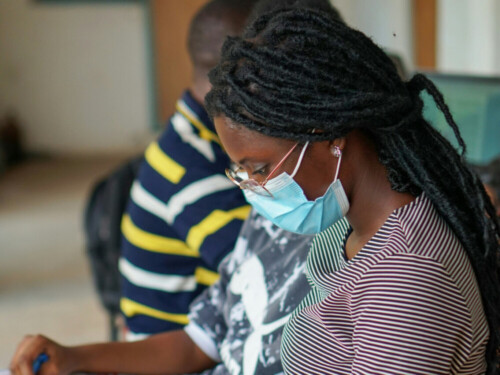
Scaling up Streets for Kids: Highlights from the 2025 Streets for Kids Leadership Accelerator
In 2025, GDCI brought together a selected group of 10 city teams working to scale up their efforts to create more and better Streets for Kids in Brazil, Colombia, and Ecuador through multiple projects, programs, and policies. Here’s a look back and key learnings from a two-month online capacity-building program.
